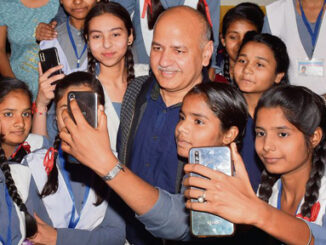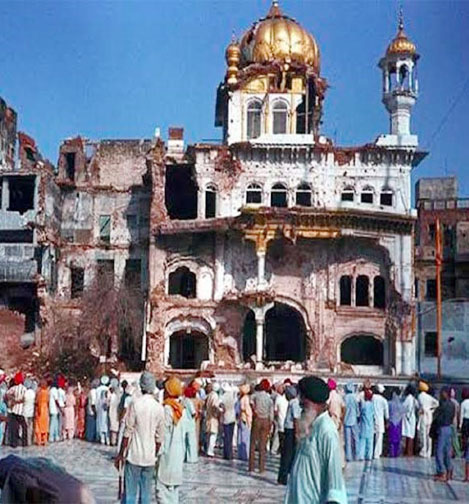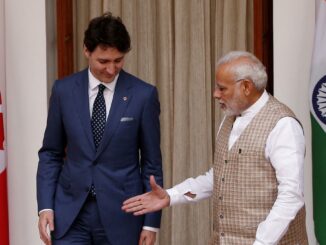The ECI and the office of the Speaker have not played fair in cases of defection
In the run-up to the impending election to the Maharashtra Assembly, the rivalry between the two factions of the Nationalist Congress Party (NCP), now operating as separate parties, will have its inevitable influence on political developments and electoral outcomes. In the latest development related to the rift, NCP founder Sharad Pawar has approached the Supreme Court for a direction to the NCP led by Ajit Pawar to opt for a new symbol in the Assembly elections. The NCP’s ‘clock’ symbol is with the Ajit Pawar group, following a ruling by the Election Commission of India (ECI) in February, recognizing it as the official NCP. There is some logic to the demand that the Ajit Pawar group give up the ‘clock’ now. The ECI’s order has already been challenged in the Supreme Court. Oral observations in early hearings indicated that there are some doubts about the ‘legislative majority’ test adopted by the ECI while recognizing the Ajit Pawar faction as the NCP and allotting the ‘clock’ to the group. The ECI’s order had justified the use of the legislative majority test by observing that the test on which group had organizational majority was inconclusive, as was the test based on the party’s ‘aims and objectives’. Mr. Ajit Pawar revolted against his uncle and joined the BJP–Shiv Sena alliance and became part of the ruling Maha Yuti coalition, while the NCP (Sharad Pawar) is part of the Maha Vikas Aghadi, the opposition combine that includes the Shiv Sena (UBT) and the Congress.
However, in the Lok Sabha elections, Mr. Ajit Pawar’s group won only one seat, while Mr. Sharad Pawar’s party, using the symbol of a ‘man blowing a turha’ (trumpet), won eight, besides polling a much higher number of votes. The outcome raises the question whether the legislative majority during a given period could be used to gain or lose recognition. Further, Mr. Sharad Pawar has argued that the ‘clock’ has been the NCP’s reserved symbol for many years and allotting it to one group may cause confusion in the voters’ minds. The court will have to decide whether to have a level-playing field by denying the ‘clock’ symbol to both sides, or let the recognized faction use the symbol as long as the ECI order is in force. Such disputes, including the other major rift in Maharashtra over who represents the Shiv Sena, pose a challenge to the ability of parties to maintain organizational unity in the face of attempts to split them through defection and rebellion. The fate of the individuals and parties involved often depend on the Speaker under the anti-defection law and the ECI, which accords recognition to parties and allots symbols. Both institutions seem to need the Supreme Court to keep them honest.
(The Hindu)





Be the first to comment